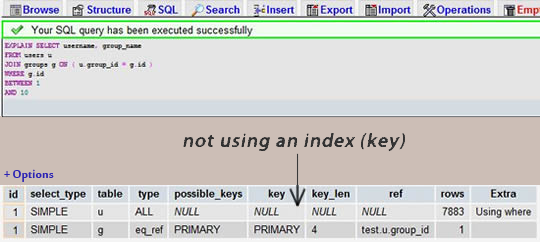

However, I’ve always found it easiest to consume new technologies by focusing on a simple, (hopefully) relatable use case that you can then use to get your own creative juices flowing.
Mariadb json query software#
That’s just the world of software development for ya. There are a multitude of use cases where it may make sense to combine structured and semi-structured data. Tip: If you’d like to jump right into a MariaDB database and use the same dataset I’ll be using for the examples in this article be sure to check out this MariaDB JSON Quickstart Guide! Structured Data + Semi-Structured Data Let’s check out some of the JSON functionality that’s available in MariaDB and how you can use it! OK, enough of this “setting the stage” business. The ability to store JSON documents within a relational database allows you to create hybrid data models, containing both structured and semi-structured data, and enjoy all of the benefits of JSON without having to sacrifice the advantages of relational databases (e.g. Keying off of the success that NoSQL solutions have been able to achieve by using semi-structured data in that time, over the past few years JSON integrations have made their way into the relational world.
Mariadb json query update#
And that makes sense as one of the problems the NoSQL Revolution set out to solve was flexibility, or having the ability to create, update and remove data and the structures they’re housed in without having to modify things like those pesky relational schemas. OK, but why is that important? Well, in the context of databases, JSON has often been thought of as something you’d use with NoSQL solutions. One of those capabilities is its ability to handle JavaScript Object Notation (JSON) formatted data, completely free and out-of-the-box. But, diving deeper into its capabilities, you’ll quickly discover that it’s more than that. I mean, why not? After all, MariaDB is a rock solid relational database solution, and has been for some time now.


Heck, you may have even used it to create a database, a couple tables, and even executed a few queries. You’re likely familiar with MariaDB as your run-of-the-mill relational database.


 0 kommentar(er)
0 kommentar(er)
